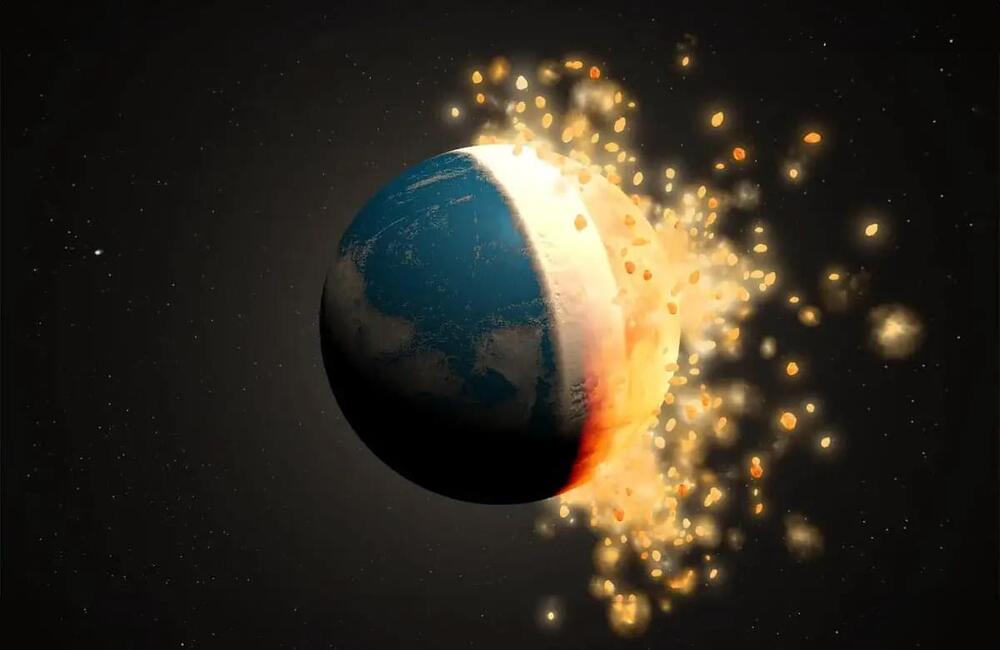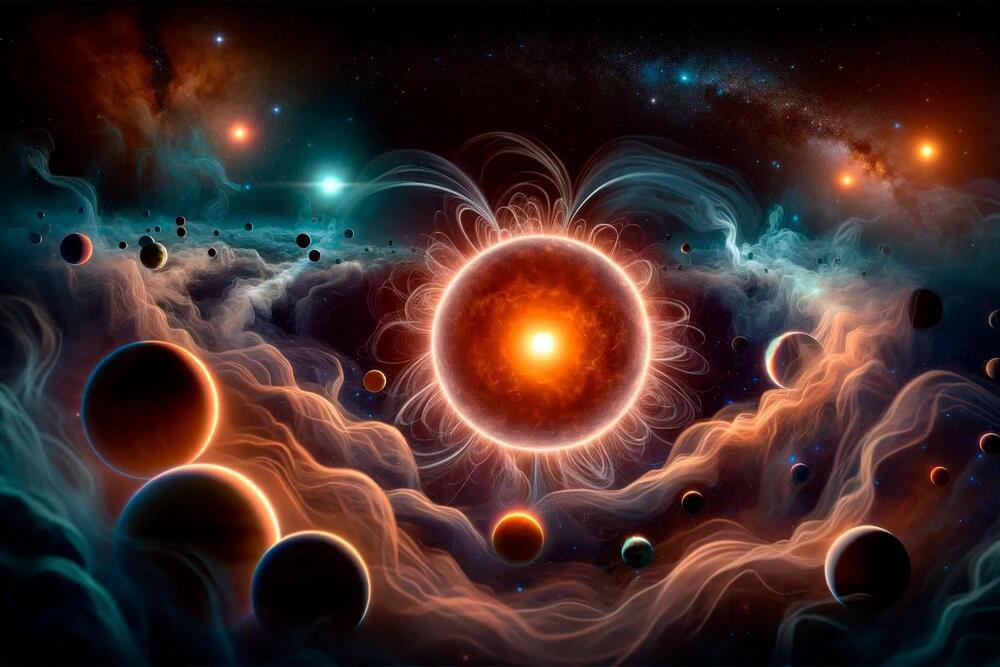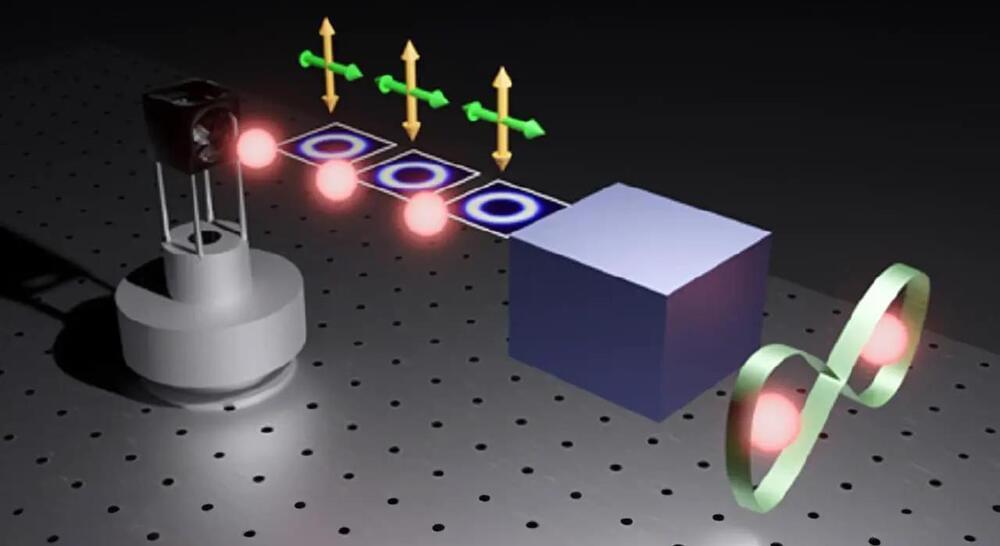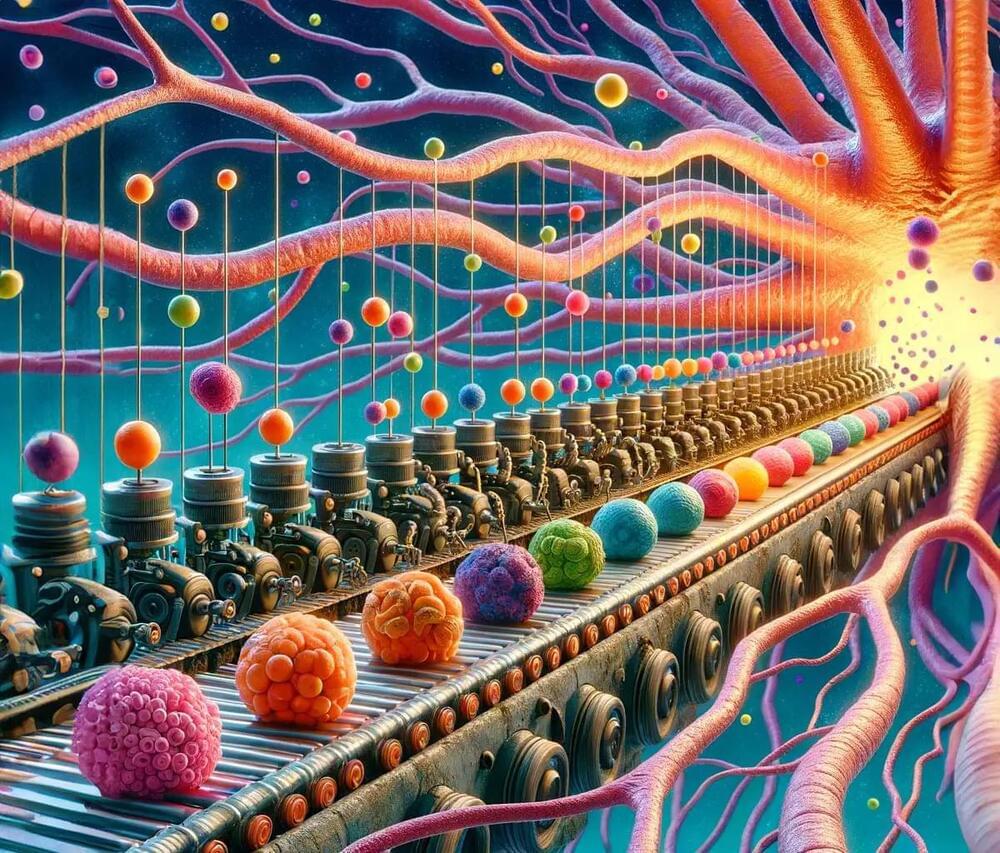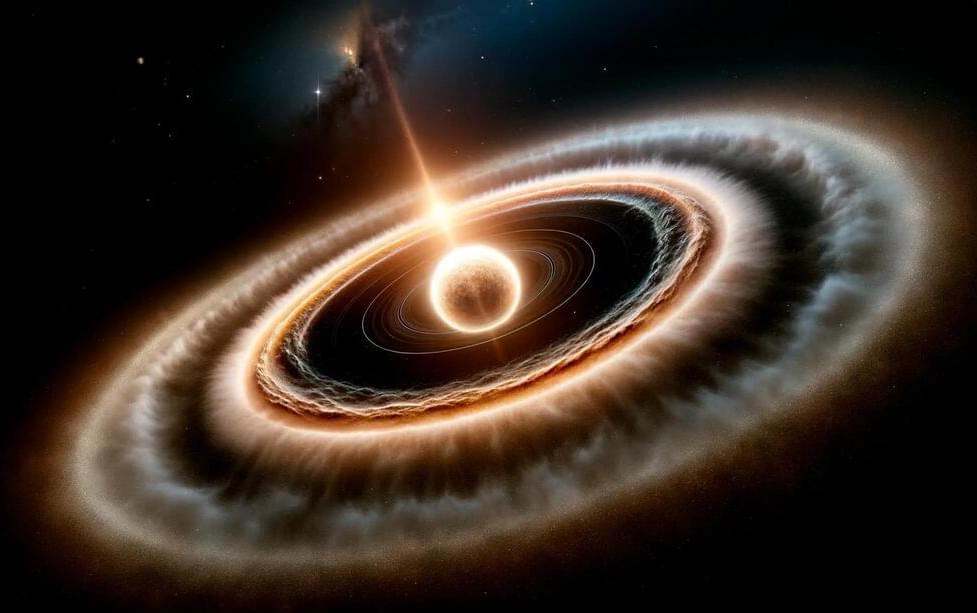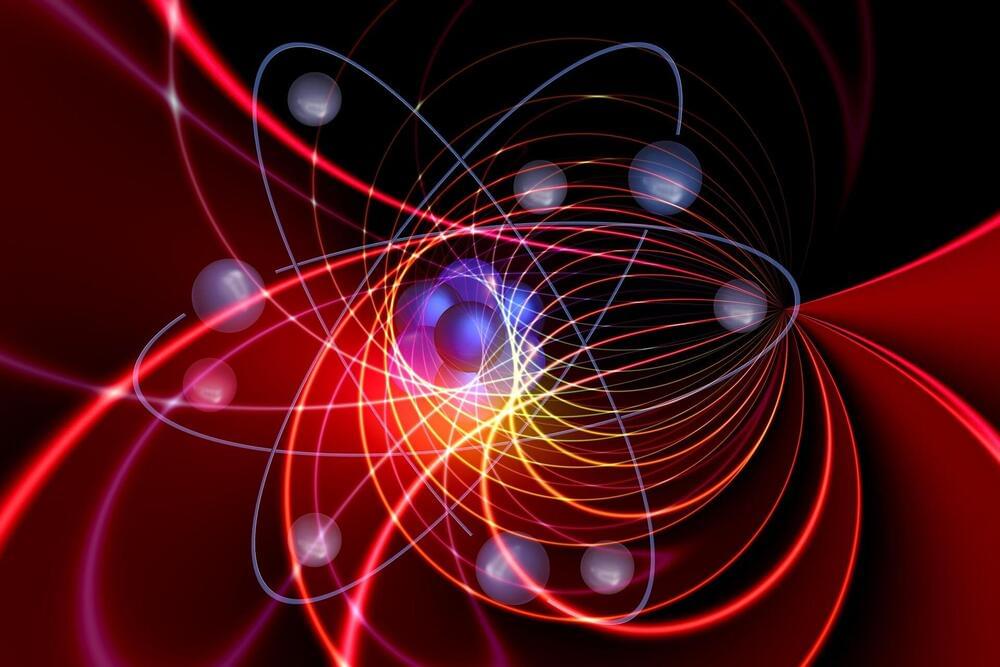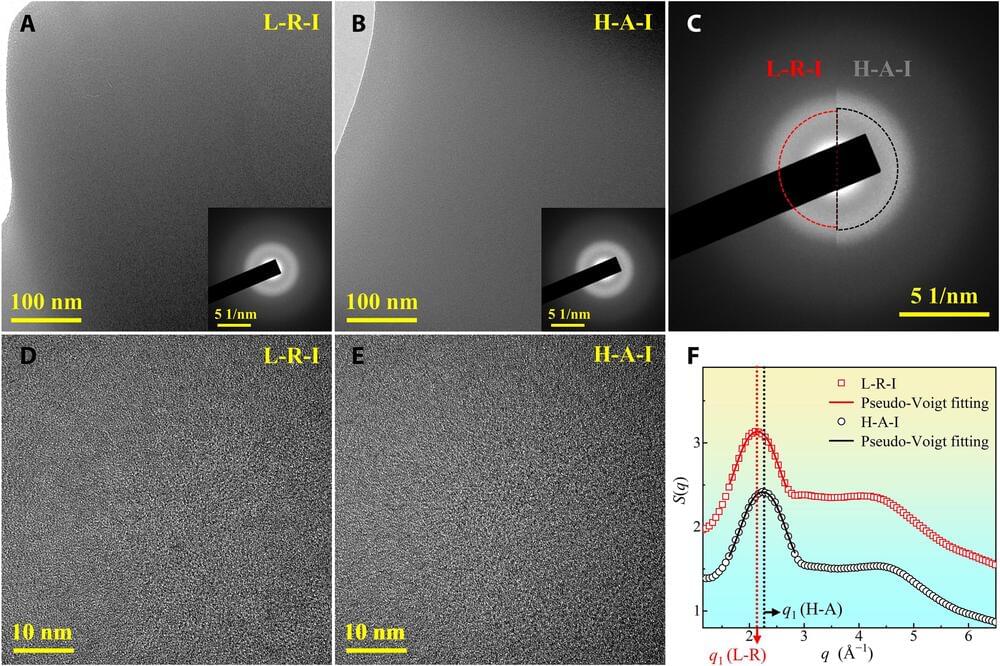Nov 13, 2023
New Techniques From MIT and NVIDIA Revolutionize Sparse Tensor Acceleration for AI
Posted by Saúl Morales Rodriguéz in categories: education, robotics/AI
Complimentary approaches — “HighLight” and “Tailors and Swiftiles” — could boost the performance of demanding machine-learning tasks.
Researchers from MIT
MIT is an acronym for the Massachusetts Institute of Technology. It is a prestigious private research university in Cambridge, Massachusetts that was founded in 1861. It is organized into five Schools: architecture and planning; engineering; humanities, arts, and social sciences; management; and science. MIT’s impact includes many scientific breakthroughs and technological advances. Their stated goal is to make a better world through education, research, and innovation.

